|
MANAGEMENT SUMMARY – TIMS SUPPORT FOR
END-POINT NETWORKING (EPN) DEVICES |
|
Description |
EPN
devices include all computers, tablets, and smartphones
used to access applications and databases residing on
the LAN, cloud computing servers, social networks, and
Internet web servers. EPN devices also include specialty
devices with embedded web servers such as VoIP devices,
surveillance camera, DVRs, media servers, and network
printers. |
|
H/W Components |
EPN hardware include Personal
Computers, Macintosh Computers, iPads, tablets, iPhones,
and Smartphones. |
|
Network Protocols |
Internet Protocol (IP)
including HTTP, FTP, SMTP, IPv4/IPv6, and ICMP. |
|
TIMC Monitoring |
ISP, CSPs, social network
providers, and web/Email servers are monitored
continuously 24/7 using E2ERA, SysLog, and SMTP. |
|
TIMC Remote or Local) Management |
DSL/cable modems, ISPs and TIMC
Web Clients. |
|
Performance Reports |
EPN activity summary reports are created weekly, quarterly,
annually, and on-demand. |
|
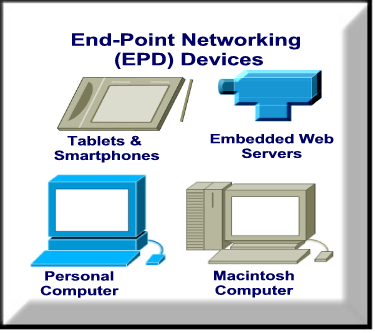
|
|
 |
End-Point Networking Devices: "Back-to-the-Future"
In todays web-based and cloud-based networking environment, the primary role of end-point
networking devices such as
PCs and MACs is to provide a standard, architected user-interface for
accessing business web-based applications and databases such as Internet websites,
Intranet websites, social
networks, cloud computing applications, and legacy applications. In this simplistic
"back-to-the-future" approach to end-user computing, end-point devices
are analogous to the smart clients in the old Client-Server computing
paradigm, or the dumb terminals in the even older
mainframe computing
paradigm. As this implies, the vast majority of the processing
performed in today's end-point devices is done by the web access
components such as Internet Explorer or Firefox web browsers that
support web-based protocols such as http, https, ftp, ftps, and other
web protocols. It does not matter what type software or operating system
is running on the end-point device, as long as it, 1.) has an Ethernet
or 802.11x Wi-Fi adapter, 2.) supports the IPv4/IPv6 protocols, and 3.)
has a standard web browser with which to access the business
applications and databases on the servers attached to the technology
infrastructure. Today's PCs, MACs, tablets, and even
smartphones are hundreds (and in some instances, thousands) of times
more powerful than their 1980s terminal predecessors, and this enables
these end-point devices to connect to IP-based LAN at megabit or gigabit
speeds rather than the 1200-to-2400 bits per second of these earlier
terminal devices. Additionally, these new end-point devices has the
required processing power to parse the
raw information sent across the technology infrastructure, and display
it in an intelligent form that is usable by the end users of these devices.
|
|
|
Typical End-Point
(EPN) Devices
|
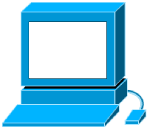 |
 |
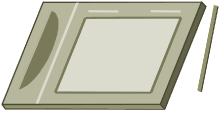 |
 |
|
Personal Computer |
Macintosh Computer |
iPad/Tablet |
Smartphone |
|
|
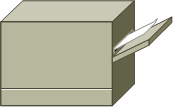 |
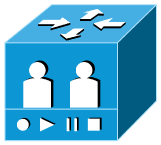 |
 |
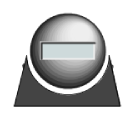 |
|
Wireless Printer |
Media Server |
IP Phone |
Surveillance Camera |
|
|